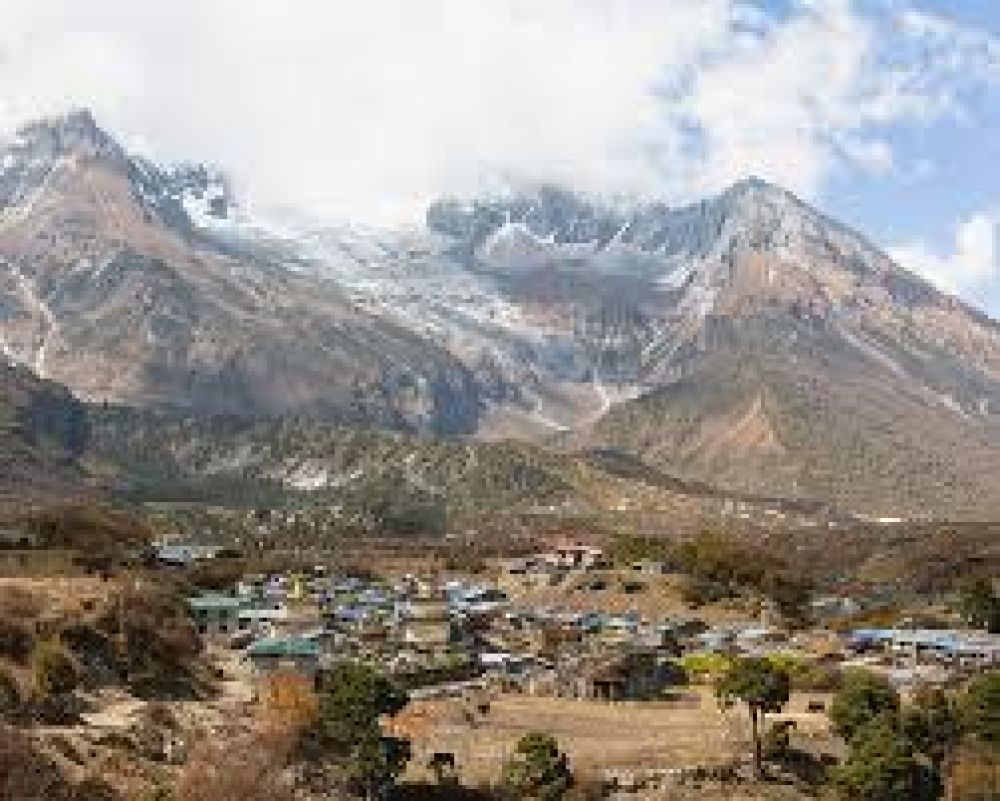Chorku Village, located in Isfara, Tajikistan, is a hidden gem that has recently been attracting the attention of intrepid travelers and history enthusiasts. The history of tourism in Chorku Village is a compelling tale of cultural discovery and increasing global interest in Tajikistan's wealth of historical and natural attractions.
A Glimpse into Chorku Village's Past
Tourism in Chorku Village has its roots in the Silk Road era, when Tajikistan lay at the crossroads of this ancient trade network. While Chorku itself might not have been a major stop, it has been influenced by the diverse cultural and historical interactions woven through the region's history.
Over time, Chorku remained a traditional Tajik village, known for its strong sense of community, well-preserved cultural practices, and, more recently, for the stunning Mausoleum of Mawlono Yakub Charkhi. The village is nestled in the scenic foothills of the Pamir Mountains, which has contributed to its allure among those wishing to explore the untouched landscapes of Central Asia.
The Birth of Tourism
Tourism in Chorku began to develop significantly with the end of the Soviet era and Tajikistan’s subsequent independence in 1991. The ensuing years saw a slow but steady increase in foreign visitors seeking to explore the newly accessible nation’s ancient towns, historical monuments, and natural beauty.
The Mausoleum of Mawlono Yakub Charkhi, a prominent local landmark, has played an essential role in promoting tourism in the village. Dating back to the 15th century, this architectural masterpiece is the burial place of a respected Sufi leader and has since become an important pilgrimage site, drawing both domestic and foreign visitors interested in the confluence of religion, history, and architecture.
Recent Trends in Tourism
In recent years, the Tajik government and international organizations have taken steps towards improving infrastructure and promoting sustainable tourism, which has gradually led to an uptick in international visitation. The government has recognized the potential of tourism for economic development and has started to invest in the sector, including in historically significant regions like Chorku.
Community-Based Tourism (CBT) has gained momentum, linking visitors directly with local experiences. This model provides an authentic taste of traditional Tajik life and culture, with homestays and local guides that allow for a more personal connection with the region and its people.
Trekking and eco-tourism are also increasingly popular, with travelers seeking to explore the picturesque landscapes surrounding Chorku and other parts of the Fergana Valley. As a result, various trails and trekking routes are being developed to cater to the demands of adventure-seekers.
Moreover, initiatives to bring the Silk Road heritage back into the limelight have sparked renewed interest. Festivals, cultural events, and the promotion of handicrafts are also central to Chorku's tourism appeal.
The Future Prospects
Looking ahead, the prospects for tourism in Chorku Village are bright, with a growing global curiosity for off-the-beaten-path destinations. Sustainable tourism development stands as a priority to ensure environmental conservation and the well-being of local communities.
Increasing connectivity, improving tourism services, and maintaining the region's unique cultural heritage boldly mark Chorku’s journey into the future of tourism, making it a must-visit destination for those interested in the depths of Central Asia’s historical tapestry.
With the correct balance between development and preservation, Chorku Village is set to become a leading example of how rural and historical communities can thrive through the thoughtful integration of tourism into their local economies.

